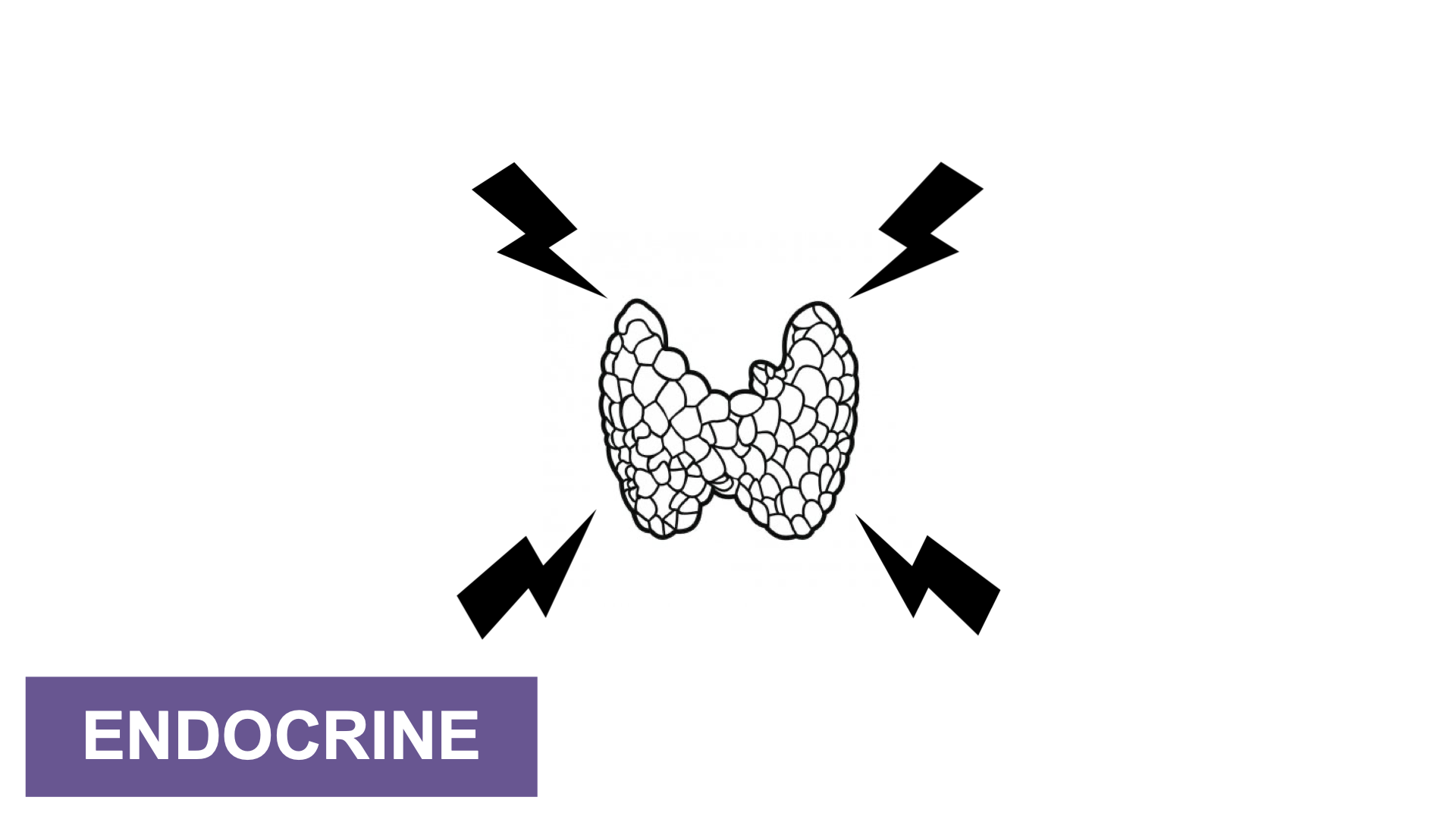Written by: Kali Weiss, MD (NUEM ‘28) Edited by: Jackie Zewe, MD (NUEM ‘26)
Expert Commentary by: Molly Estes, MD
Molly Estes, MD
Assistant Professor
Northwestern University Feinberg School of Medicine
Department of Emergency Medicine
How To Cite This Post:
[Peer-Reviewed, Web Publication] Weiss, K. Zewe, J. (2025, July 31). Myxedema Coma [NUEM Blog. Expert Commentary by Estes, M]. Retrieved from http://www.nuemblog.com/blog/kw-myxedema.







